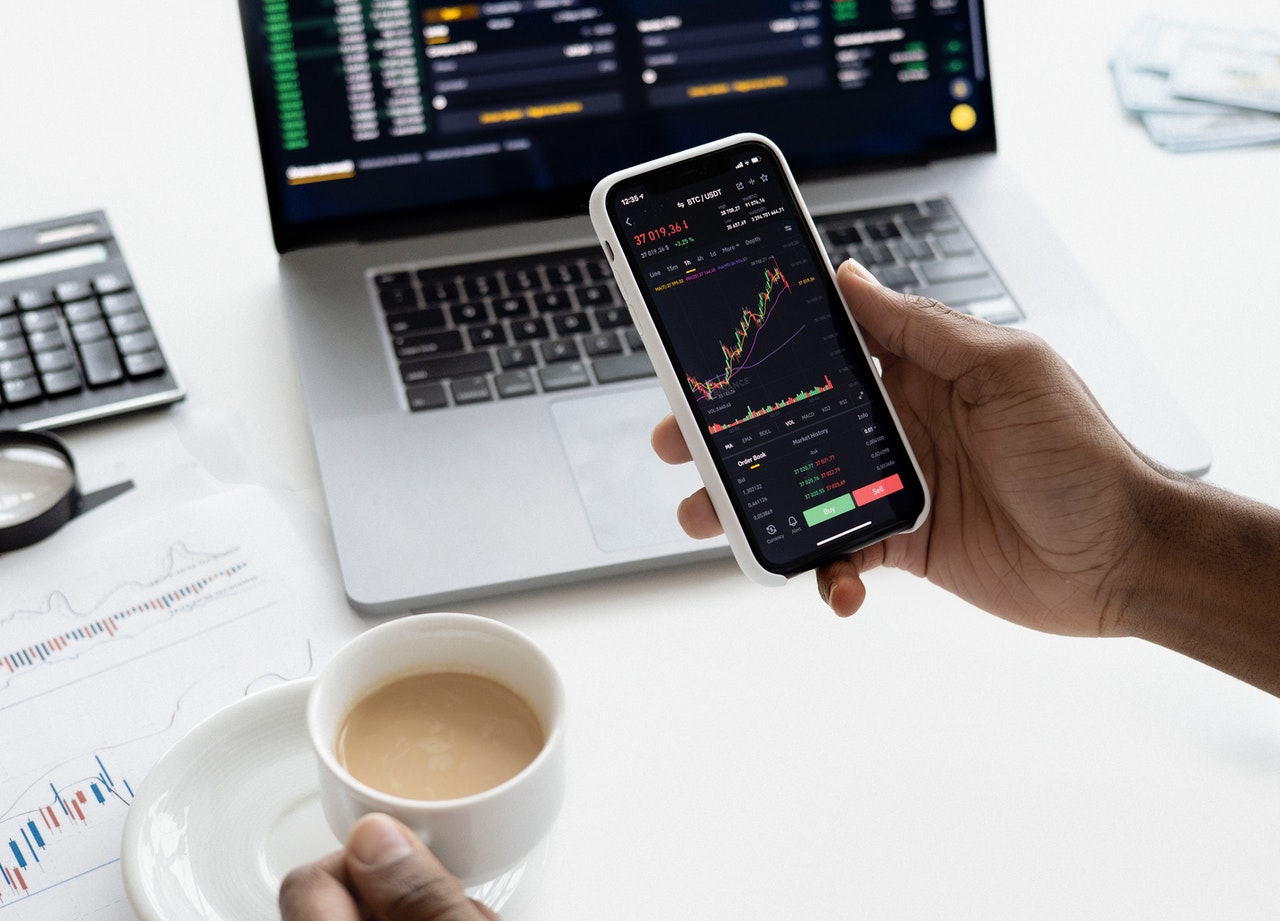A few years ago, I worked as a financial advisor at a major Wall Street brokerage house. Prior to that, I had worked primarily in dealing rooms, where the only measure of success was profits, where those who made profits could pretty much do as they liked. The transition to a corporate environment, where giving my clients the inside scoop on what went on behind the curtain on Wall Street was frowned upon to say the least, proved too hard, and I left after just a few years. Even in those few years, though, I learned that extensive, readily available coverage of financial markets created a problem for a lot of investors. Their focus becomes way too narrow for long-term investing.
Most individual investors have a multi-decade time horizon. They are mainly investing for their retirement or their legacy. Some may be saving for college tuition, but even those investments must be started fifteen years or so before their child considers college. Those timelines demand patience, something that circumstances have made a very rare commodity.
When you can track market moves throughout the day by just glancing at your phone, the significance of every move becomes exaggerated. That is made worse by financial media, where news and opinion are often confused, but both are always immediately available. Obviously, I live in that world now, and know all too well that a hot take, a sensational headline, and a bit of exaggeration are easy ways to drive clicks, ears, and eyeballs. The thing is though, when you are investing money for a specific goal that is ten, twenty, or thirty years away, none of that is relevant.
The kind of constant access that we now have can even be a disadvantage. Real-time news, ease of access to ETFs, and commission-free trades are huge advantages for an investor, but they have a downside, too. They make you lose perspective.
Take the current market drop, for example. It feels like a huge deal, with ominous talk of omicron and fears of a return to the dark days of the spring of 2020. With red numbers flashing every minute, we feel more and more that we should bail now, before it is too late. However, take a look at the two-year chart for the S&P 500:

There are three things I would point out here. The first is that the current move is barely a blip. The second is that there have been many such blips on the way up, and the third is that last year, when a real downward move came, we were back to where we started after just six months. Unless you timed it perfectly, there was little to gain by selling, but a lot to lose if you delayed too long before reinvesting.
Patience is a virtue, and that can be true even when you have no choice but to be patient.
It is a frequent complaint of the younger generation that baby boomers have sucked massive amounts of wealth out of the system, but they primarily did so in an environment that, on the surface, seems much less investor-friendly than we see now. When I started as an advisor, it was right at the end of the era of massive fees. So called “A” class shares in mutual funds were still being sold, where you paid a fee of around 5% of what you invested up front, to cover the commission of the broker who sold those shares to you. That bought you lower annual management fees for a few years but, even then, those ongoing fees took one or two percent of your money each year. The standard fee for calling your broker to make a trade for you at that time was $50, a massive percentage hit to small or medium-sized positions.
In that situation, the dice were loaded against individuals investing successfully, but most achieved it anyway because they were forced into being patient. When market moves happened, you knew about them after the event and, even if you wanted to react, it was not really practical. Selling meant paying a transaction fee to get out, then another should you want to get back in at a future date. Circumstances forced you to make the right long-term decision: to stay invested.
The weirdest thing about the divide between traders and investors is that each thinks they should be more like the other. Investors usually want to trade more, but when I was working in dealing rooms, we all separated our investments out and bought mutual funds with that money rather than individual securities, because we wanted to make sure that we weren’t tempted to trade in those accounts. Because we traded for a living, we knew how inherently short-term our news and market-driven views were, and also knew that they shouldn’t be driving long-term investment decisions.
So, if you feel nervous about omicron coming before delta has even faded, and about the fact that that comes after the Fed has signaled a U-turn and Congress has decided that fiscal stimulus is no longer needed, take a look at the chart above and try to get a little perspective. Make small adjustments to your investments by all means, but in the long-term, staying invested has always been the right thing to do.
Do you want more articles and analysis like this? If you are familiar with Martin’s work, you will know that he brings a unique perspective to markets and actionable ideas based on that perspective. In addition to writing here, Martin also writes a free newsletter with in-depth analysis and trade ideas focused on just one, long-time underperforming sector that is bouncing fast. To find out more and sign up for the free newsletter, just click here.
The views and opinions expressed herein are the views and opinions of the author and do not necessarily reflect those of Nasdaq, Inc.
www.nasdaq.com
